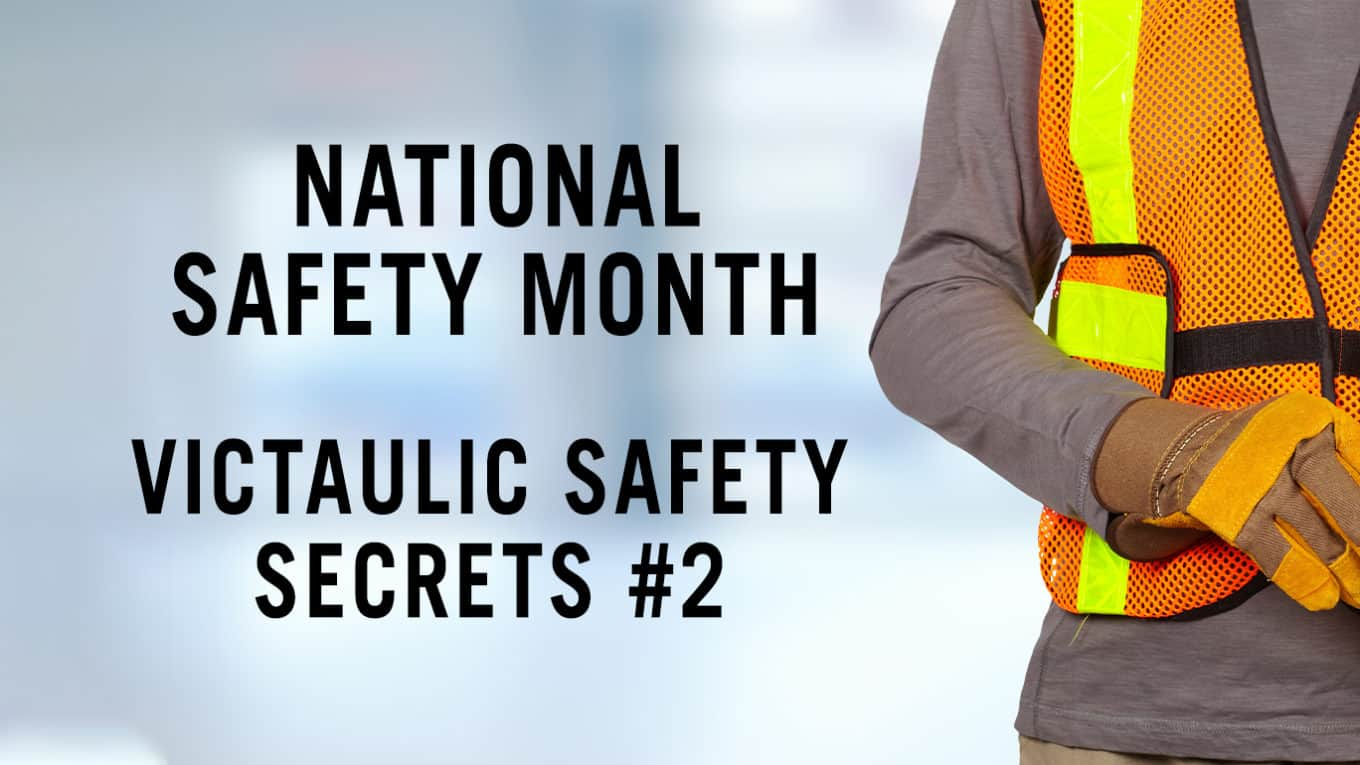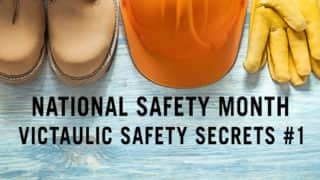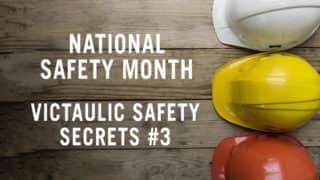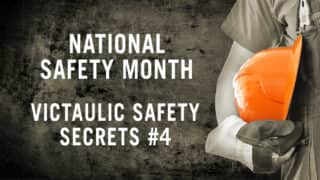Posted on June 8, 2018
What Causes Injury: Unsafe Conditions or Unsafe Actions?
Most employers make efforts to eliminate unsafe conditions, but that doesn’t always stop employees from getting hurt. What can companies do to improve safety when traditional efforts don’t seem to stop the loss of productivity and morale associated with workplace injuries?
While companies can easily control the equipment and conditions, it is much more challenging – and important – to eliminate unsafe acts and risky behaviors that employees willingly or unwittingly may take. In fact, more than 90 percent of Victaulic’s safety incidents are the result of unsafe acts or risky behaviors exhibited by employees.
These behaviors can be difficult to combat because they do not always result in injury. When employees choose to take an unsafe action, frequently, nothing bad will happen – which functions as positive reinforcement towards future poor behavior. They often will not feel remorse for unsafe actions until an injury does occur. For employers, this pattern of behavior complicates finding a solution for safety on the job site.
At Victaulic, our Behavior Based Safety (BBS) program, launched in March of 2018, works with individuals who have been injured, and convinces employees who engage in unsafe behavior, but have not been injured, that their behavior can have consequences if not addressed.
Recognizing and Analyzing Unsafe Behavior
When working to enforce safe behaviors, analysis is key. Check out the key reasons why employees choose to engage in unsafe choices:
- Conscious behavior – Wanting to get the job done at any cost, impulsivity or peer pressure, or poor supervision can all contribute to poor choices on the job.
- Habitual behavior – People who are risk-takers by nature, those that choose to “take the path of least resistance”, or those that have “always done it this way” can all fall victim to unsafe choices.
- Unintentional behavior Lack of awareness, ignorance of hazards, inability to understand potential consequences, or a lapse in concentration can be the root of risk-taking behaviors.
How can companies positively influence employees to avoid these types of decision-making? We have found that BBS initiatives have been monumentally successful in eliminating unsafe behavior. BBS focuses on employee’s thoughts and actions, as opposed to traditional safety standards and rules, which focus on hazards and physical elements of the worksite.
Changing Behavior for the Better
Every safety incident at Victaulic is reviewed with the offending employees and their management team. Working together, they take a step-by-step approach to determine the root cause of the employee’s unsafe decision. With knowledge of the thought process behind the incident, the supervisor can then recommend rational, safe choices that the employee can select in the future. This process is Victaulic’s attempt to alter a person’s rational train of thought so that injury is eliminated or reduced.
How do we incorporate behavior-based safety into our strategy for achieving world-class safety excellence? A formal observation program has been established that will allow management to observe employees in their natural work areas. Through observation, positive behaviors can be reinforced and at-risk behaviors can be identified and discussed so that they can be eliminated, thereby reducing the risk of injury. Our initial efforts have been successful so far – check out last week’s Victaulic Safety Secret to learn more about our safety metrics and workplace safety basics.
As we continue celebrating National Safety Awareness Month, Victaulic will be sharing our safety strategies. Make sure to check-in throughout the month of June to learn more about our journey to world-class safety excellence.




